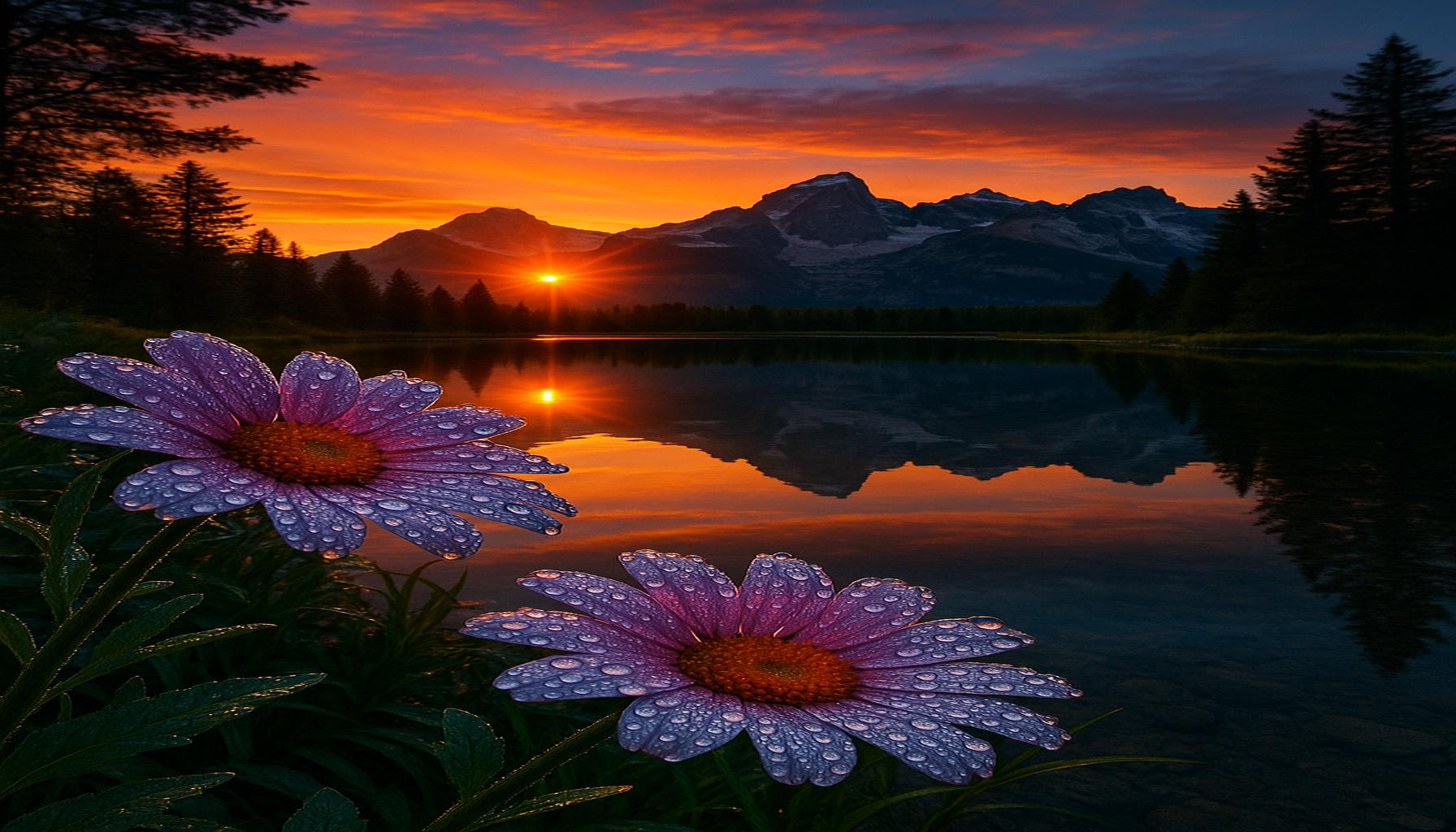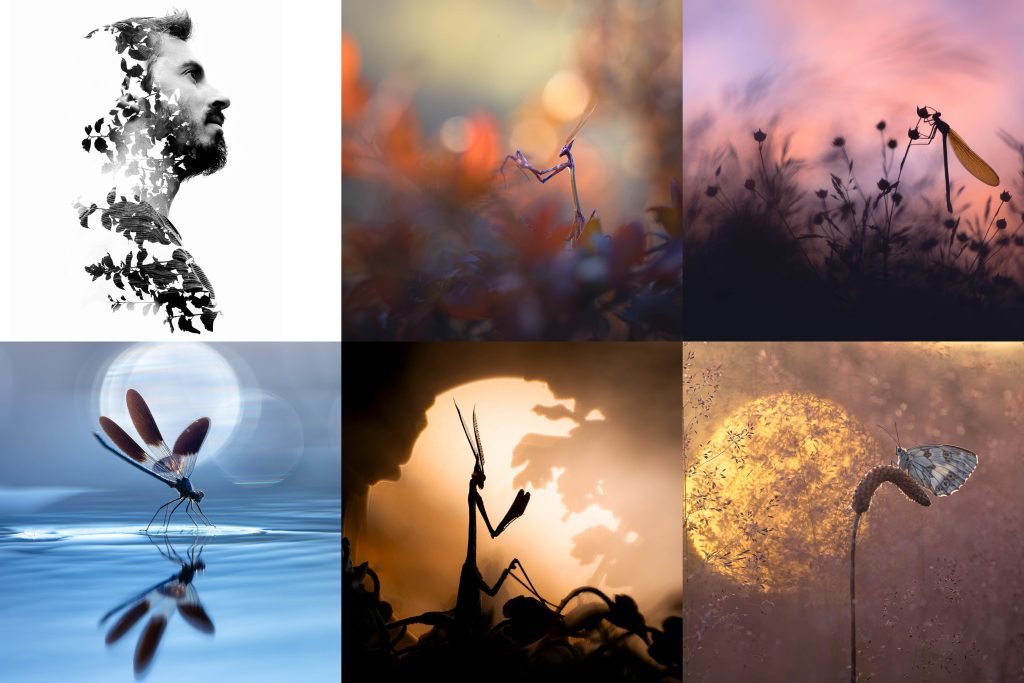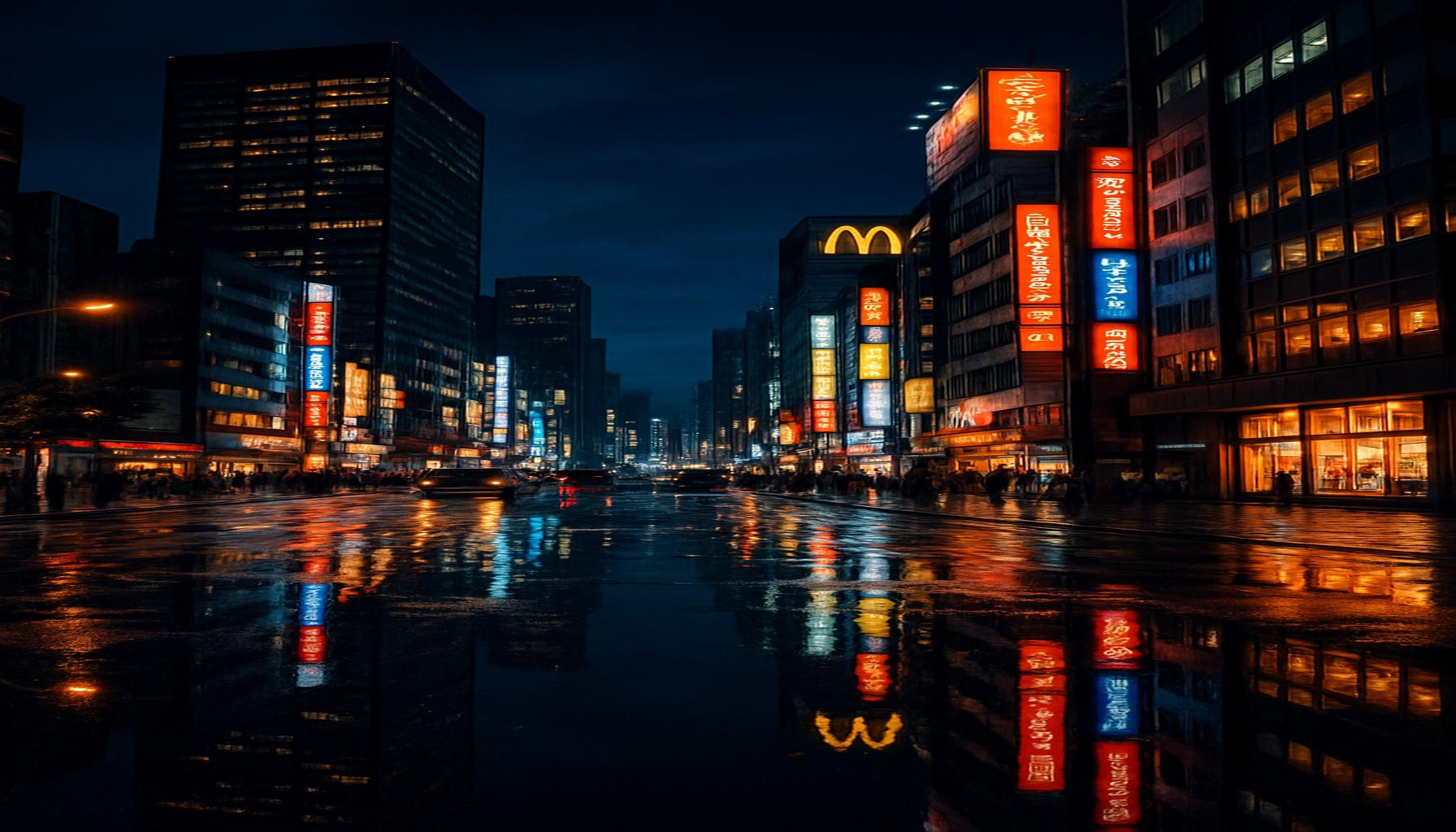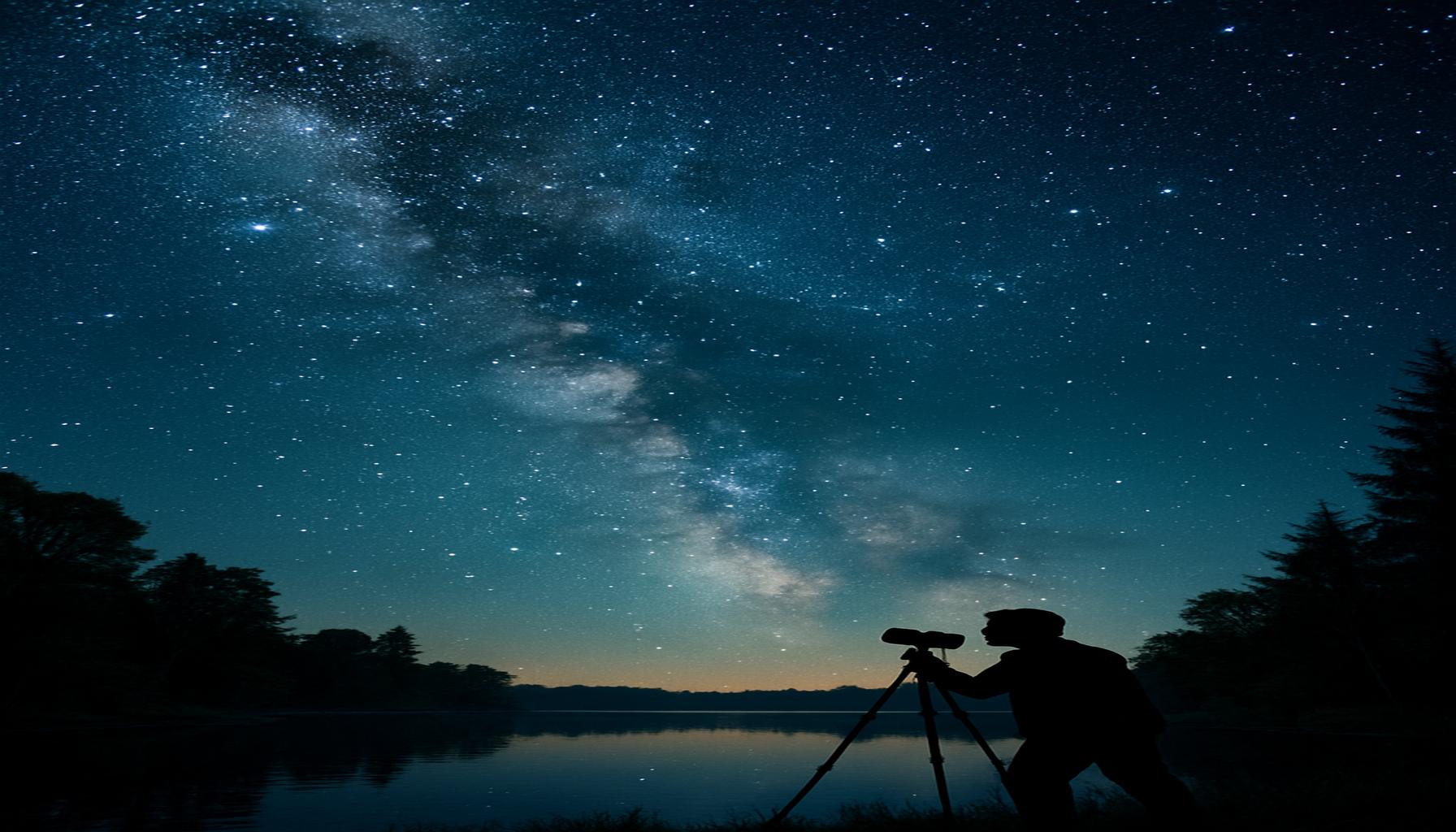Natural Photography Techniques: How to Capture the Beauty of the World Around You

Exploring the Techniques of Natural Photography
Capturing the essence of nature is an art form that transcends the boundaries of mere photography. It invites the viewer to experience the world through the lens of creativity and keen observation. The beauty that surrounds us often goes unnoticed, but with the right techniques, anyone—regardless of skill level—can become an adept photographer. From amateurs enjoying a weekend in the great outdoors to seasoned professionals, understanding the nuances of natural photography can elevate one’s work significantly.
At its core, natural photography emphasizes authenticity, urging photographers to embrace the unaltered beauty of their subjects. Here are some key elements that set this style apart:
- Natural Lighting: The use of sunlight, especially during the golden hours—shortly after sunrise and just before sunset—can drastically enhance your images. Photographers should be mindful of how light changes throughout the day. For instance, midday light is often harsh and unforgiving, casting strong shadows, whereas the soft glow of the evening can envelop a scene in warmth, ideal for portrait shots against a floral backdrop or silhouettes of a mountain range.
- Environment Awareness: A thorough understanding of your surroundings not only helps in choosing the perfect backdrop but also in predicting how natural elements like weather and seasons affect your photography. For example, capturing a forest in autumn, with its vibrant hues of red and gold, can evoke a sense of nostalgia and warmth. Knowing when to shoot in your local parks or nature reserves can also enhance the uniqueness of your captures.
- Subject Selection: Focusing on unique elements like wildflowers, landscapes, and wildlife can bring variety and depth to your portfolio. Each subject tells a different story; a close-up of a dew-kissed petal reveals details that are often overlooked, while a sweeping landscape view invites the observer to journey into the picture. Exploring local wildlife, such as the majestic bald eagle or playful river otters, can create unforgettable moments worth documenting.
Utilizing these techniques can transform your photography from ordinary snapshots into breathtaking works of art. The secret lies in being patient and observant. Consider exploring scenarios like the mystical fog that blankets a forest at dawn or the dramatic lighting during a thunderstorm to capture nature in its most captivating forms. Each of these moments illustrates the raw power and beauty of the natural world, inviting viewers to reflect on their connection to it.
As we delve deeper into the world of natural photography techniques, each tip serves as a stepping stone toward igniting your passion for this art form. Understanding these principles not only fosters a greater appreciation for nature but also encourages you to share its splendor with a wider audience. Whether you’re a budding photographer in the vast fields of Kansas or capturing the rugged coastline of Maine, the essence of nature awaits your perceptive lens.
DISCOVER MORE: Click here to learn why creative writing is crucial for your journey

Essential Elements for Capturing Nature’s Splendor
To successfully embrace the art of natural photography, mastering a few essential techniques is paramount. Each photograph offers a unique opportunity to convey emotion and tell a story about the world we inhabit. By carefully considering these elements, you can develop a photographic style that resonates with the natural beauty that surrounds you. Here are some fundamental aspects to keep in mind:
- Composition: The arrangement of elements within your frame can significantly impact the visual narrative of your photograph. Utilizing techniques such as the rule of thirds—which suggests dividing your frame into nine equal parts and placing points of interest along those lines—can create a more balanced and engaging image. Additionally, experiment with leading lines, symmetry, and negative space to add depth and perspective to your shots.
- Focus and Depth of Field: Understanding focus and depth of field allows you to highlight particular areas of your photographs while softening others. A shallow depth of field often brings attention to a single subject, such as a blooming flower, while blurring the background. Conversely, a deeper depth of field keeps multiple elements in focus, ideal for expansive landscapes where every detail deserves attention.
- Texture and Detail: Nature is rich in texture, from the rough bark of trees to the delicate veins of a leaf. Capturing these subtle details requires a keen eye. Consider using a macro lens for close-up shots or getting as close as possible to your subject to unveil the intricacies of nature. Textured images evoke a sensory experience for the viewer, inviting them to feel connected to the scene.
Another crucial factor to remember is the impact of weather conditions on your photographs. A rain-soaked forest can produce vibrant greens and enhances the mood, while a sunny day can create stunning reflections on water surfaces. Paying attention to the weather can help you select the ideal time and conditions to capture dynamic images. For instance, stormy clouds can serve as dramatic backdrops for landscapes, or golden light breaking through the mist can transform an ordinary scene into something extraordinary.
In addition to these technical pointers, developing a sense of patience while engaging with the natural world is essential for any photographer. Nature does not operate on a schedule; therefore, being present and waiting for the right moment can lead to serendipitous finds—a bird in flight, a gentle breeze swaying wildflowers, or the movement of light across a serene lake. These moments can define your photographic endeavors and redefine your perception of ordinary scenes.
As you master these natural photography techniques, remember that the key is to remain inquisitive and open to experimentation. Each outing into nature is not just a chance to take photos; it is an opportunity to connect with the environment and witness the beauty inherent in every moment. The world is vast, and the stories it holds await your lens. What will you discover today?
| Technique Category | Benefits & Features |
|---|---|
| Golden Hour Photography | Enhances colors and soft light yields stunning visuals, perfect for landscapes and portraits. |
| Using Natural Light | Eliminates harsh shadows and allows for more authentic representation of scenes, conveying mood and atmosphere. |
| Macro Photography | Reveals intricate details of nature, showcasing beauty in small subjects like flowers and insects. |
| Composition Techniques | Guides viewer’s eye to focal points, enabling powerful storytelling through careful arrangement of elements. |
Combining these photography techniques not only elevates your skills but also allows you to intricately connect with the world around you. Each method brings forth unique opportunities to capture the intrinsic beauty of your environment, urging the viewer to appreciate nature’s delicate artistry. Discovering when to utilize these techniques can significantly impact the quality of your shots, inviting you to explore and innovate as you click the shutter. Whether it’s the golden hour or a close-up of dew on a petal, mastery of natural photography techniques enhances both your experience and your visual storytelling capability. Embrace these tools and watch your ability to convey the beauty around you flourish.
DISCOVER: Click here to dive into the world of sustainable crafting
Utilizing Light: The Photographer’s Secret Weapon
One of the most vital natural photography techniques is understanding light. Light shapes our perception of the world, and manipulating it can give your images a magical quality. The golden hours—shortly after sunrise and before sunset—offer soft, warm light that casts enchanting shadows and enhances colors. If you’re photographing a landscape, plan your outings around these times to capture the spectacular hues of sunrise or the gentle glow of sunset.
Consider using techniques such as backlighting, where the light source is behind your subject. This approach can create stunning silhouettes or allow you to capture a golden halo around your subject, adding a sense of drama. Alternatively, side lighting can accentuate textures and details, making it ideal for wildlife photography or when capturing intricate fluctuations in foliage or flowers. Learning how to work with natural light will greatly enhance the depth and dimension of your photographs.
Embracing Different Perspectives
Another essential aspect of natural photography is perspective. The angle from which you choose to shoot can completely transform your image. Don’t be afraid to experiment by bending down to ground level to capture the richness of the flora at your feet or climbing to a height for a bird’s-eye view of sprawling landscapes. Each perspective tells a different story and can invoke a unique emotional response from the viewer.
Additionally, consider the power of reflections. Water bodies like lakes, rivers, and ponds can serve as mirrors, creating breathtaking compositions. At dawn or dusk, capturing reflections can produce stunning symmetry and even double the beauty of the scene. Look for still surfaces to reflect the colors of the sky or the outlines of surrounding trees, adding a captivating layer to your photos.
Post-Processing: Refining Your Vision
In today’s digital age, the art of photography does not end at the click of the shutter. Post-processing techniques can elevate your images to new heights. Familiarize yourself with photo editing software such as Adobe Lightroom or Photoshop, which offers powerful tools for adjusting lighting, color balance, and shadows. Basic editing can enhance the vibrancy of colors, bring out outstanding details in shadows, and correct issues such as exposure or lens distortion.
However, it is crucial to approach editing with a light touch; the aim should be to enhance the natural beauty rather than to alter the reality perceived by the camera. The goal is to present an authentic representation of your experience in nature—as it felt to you. The balance between realistic representation and artistic flair is what can set your work apart and invite viewers to connect deeply with your images.
Building a Connection with Nature
Finally, successful natural photography hinges on developing a deep connection with nature. Understanding the behaviors of wildlife, the changing seasons, and the intricacies of plant life can dramatically improve your photography. Learning about local ecosystems can give you insight into the best photography spots and times while offering a richer experience that enhances your skills and appreciation for the environment.
Engage with conservation practices and become an advocate for the environment. Understanding your impact on nature can lead to more humane photography practices and foster a profound relationship with the natural world. After all, photography is not just about capturing beauty; it’s about connecting with the world and sharing it through your own lens.
DISCOVER MORE: Click here to dive into sustainable crafting
Conclusion: Embracing Nature Through Your Lens
In conclusion, mastering the art of natural photography involves a blend of technique, creativity, and connection with the environment. By understanding the significance of light, you can elevate your images, creating mood and atmosphere that resonate with viewers. Meanwhile, embracing various perspectives can transform ordinary scenes into extraordinary compositions, encouraging a deeper look at the world around you. The reflections in water, the interplay of shadows, and even the intricate details of a flower can be used to tell powerful stories that entice your audience.
Don’t underestimate the impact of post-processing, as it can refine and enhance your natural captures without overshadowing the authenticity of the moment. Your aim should always be to represent the beauty of the world around you as truly as you experienced it. As you dive deeper into photography, remember that while techniques are essential, it is your connection with nature that will ultimately inspire your images. Understanding ecosystems, wildlife behaviors, and the seasons will not only improve your photography but also enrich your appreciation of the planet.
As you take your next adventure, look for stories waiting to be told through your lens. Let your curiosity guide you to new locations, and always remain mindful of your impact. With practice, passion, and respect for nature, you can harness the techniques discussed in this article, inviting others to see the beauty of the world through your unique perspective. The journey of a natural photographer is not just about capturing beauty; it’s about sharing the complex narratives of the world we inhabit.


